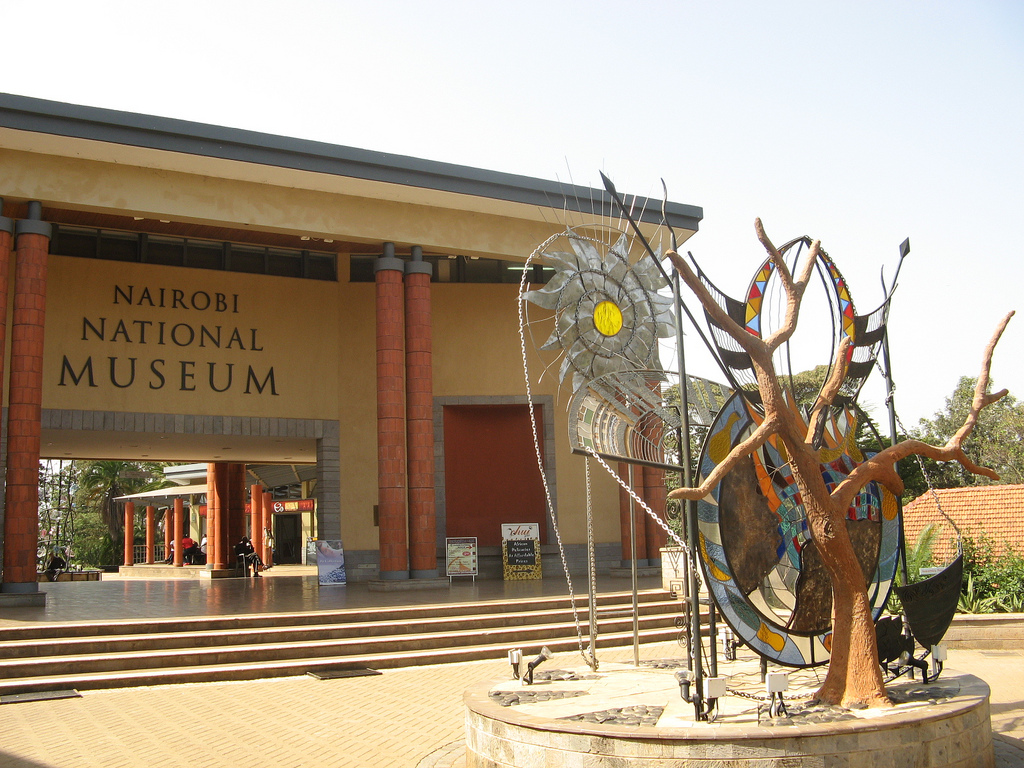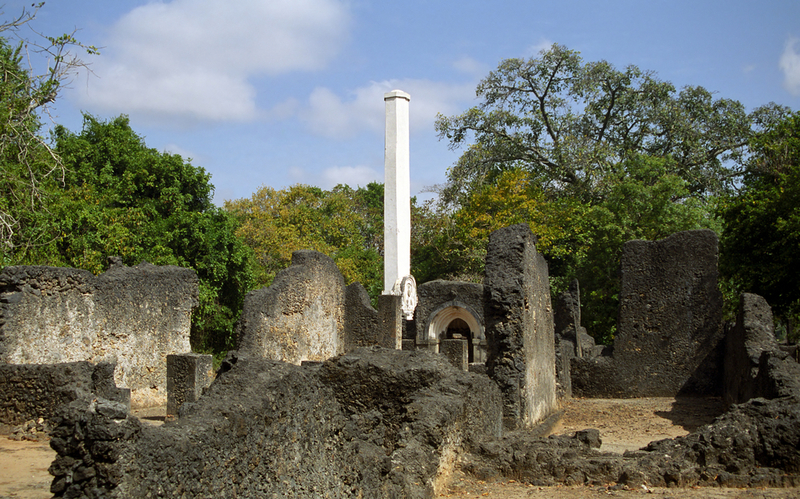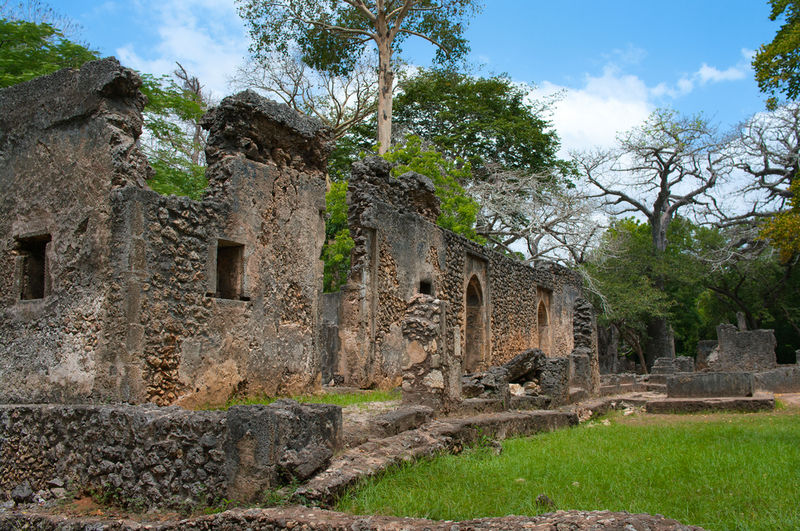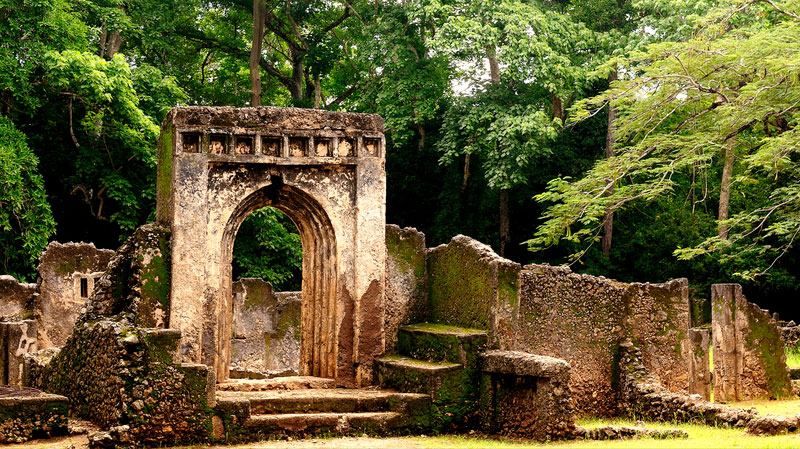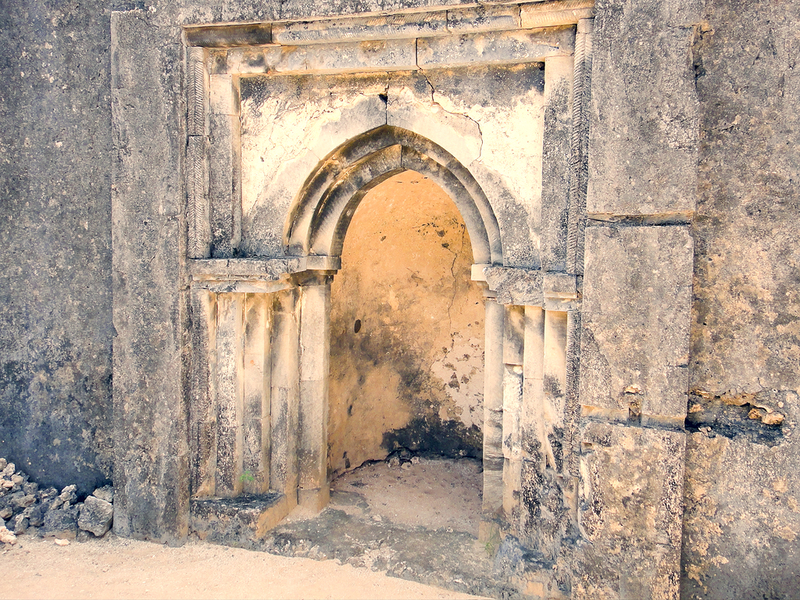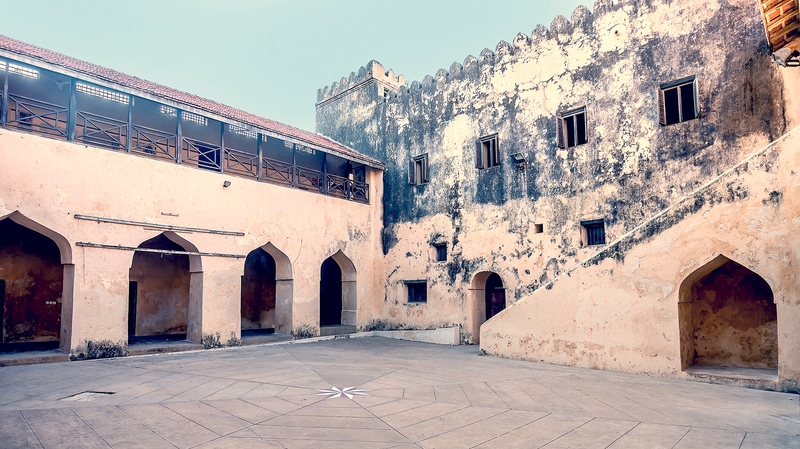National Museums of Kenya (NMK) is a state corporation established by an Act of Parliament, the Museums and Heritage Act 2006. NMK is a multi-disciplinary institution whose role is to collect, preserve, study, document and present Kenya’s past and present cultural and natural heritage. This is for the purposes of enhancing knowledge, appreciation, respect and sustainable utilization of these resources for the benefit of Kenya and the world, for now and posterity. NMK’s mutual concern for the welfare of mankind and the conservation of the biological diversity of the East African region and that of the entire planet demands success in such efforts.
In addition, NMK manages many Regional Museums, Sites and Monuments of national and international importance alongside priceless collections of Kenya’s living cultural and natural heritage. As an institution that must respond to the growing needs of the society, NMK is striving to contribute in a unique way to the task of national development.
VISION
To be a global leader in heritage, research and management.
MISSION
To promote the conservation and sustainable utilization of national heritage through generation, documentation and dissemination of research and collection management knowledge, information and innovations.
OUR CORE FUNCTIONS
- Heritage Promotion, Collection and Documentation: NMK houses one of the most unique and diverse collections in the world. The collections are categorized into two major areas that include Natural History and Cultural/History/Musicological.
- Research: NMK undertakes research based on cultural and natural history in various fields as well as research in biomedical and bio- conservation in collaboration with other research and development institutions.
- Preservation and Conservation: NMK has the mandate to preserve/ conserve all its collections which range from tangible to intangible, move and immovable, in-situ and ex-situ.
- Information Dissemination: NMK synthesizes the information generated from research and collections and presents the same to the public for the purpose of raising awareness and learning amongst the general population through exhibitions, education programmes and other multimedia channels.
OUR CORE VALUES
The NMK shall endeavor to uphold the following key values in the delivery of services to all our clients/stakeholders:
- Scientific excellence, ethics and flexibility.
- Partnerships for collaborative advantage and synergies.
- Impact, performance and service orientation.
- Effective knowledge and information management.
- Respect for staff and client diversity.
- Transparency, accountability and cost-effectiveness.
Sorry! No Content Found...
-
Mnarani
Mnarani is Swahili word for "place of the pillar" in reference to an engraved 13th century pillar tomb that marks the grave of a sultan. It includes one of the deepest wells found along the southern coast, and an 800-year-old baobab claimed to be the largest in Kenya. The site was first occupied in the early 14th century but the first mosque; the Great Mosque was not built until AD 1425. Enlargements were undertaken soon thereafter, followed by major reconstruction efforts later in the 15th century following the collapse of the earlier building. Close to the first Mosque is a smaller mosque which, prior to its construction a much similar but smaller mosque existed...
-
Malindi Museum
The building was bought from the Bohra community for 2,000 English Pounds after a longer period of occupation by the Medical Department who had used the building to serve as the Malindi Native Civil Hospital. The exact date of construction is not known but when Thomas Alfree was buying the property from the Bohra community, as discussed in his undated autobiography, even the oldest Bohra who was then more than ninety years old could not remember when it was built. We can, nonetheless suggest a date of construction perhaps the last quarter of the 19th century, a time bracket that saw these type of building style fashionable especially in the old towns of Lamu and Mombasa. Thomas...
-
Jumba La Mtwane
The full name Jumba la Mtwana means in Swahili "the large house of the slave". Within this area four mosques, a tomb and four houses have survived in recognizable condition. These houses include the House of the Cylinder, The House of the Kitchen, The House of the Many Pools, which had three phases, and the Great Mosque. The inhabitants of this town were mainly Muslims as evidence by a number of ruined mosques. There are no written historical records of the town but ceramic evidence showed that the town had been built in the fourteenth century but abandoned early in the fifteenth century. The dating is based on the presence of a few shreds of early blue and white porcelain...
-
Gede Museum
Gede ruins are the remains of a Swahili town, typical of most towns along the East African Coast. It traces its origin in the twelfth century but was rebuilt with new town walls in the fifteenth and sixteenth centuries. This rebuilding is connected with the emigration of many citizens of Kilwa to Mombasa, Malindi and other places along the coast. With its numerous inhabitants, the town became wealthy and it reached its peak in the fifteenth century. This enormous wealth is evidenced by the presence of numerous ruins, comprising of a conglomeration of mosques; a magnificent palace and houses all nestled in 45 acres ofprimeval forest. But in the first half of the seventeenth...
-
Takwa
Takwa ruins are the remains of a thriving 15th and 16th century Swahili trading town before it was abandoned in the seventeenth century. It is not only important because of its period of occupation but also because of its dense settlement and its relatively well preserved remains. The unique Friday Mosque with a large pillar a top the qibla wall is among the most notable features. This pillar is believed to symbolize the burial of a Sheikh be low the wall. The position of the site at the narrowest location on the whole island, was most probably a strategy. Takwa's position/location with shallow waters must have been of considerable importance especially during its peak, when many...
-
Lamu Museum
The Lamu museum lies in one of the most beautiful & serene locations on the African continent (A World Heritage Site). Built in 1891 as residence for colonial governors, Lamu Museum houses a selection of traditional Swahili artefacts. These include clothes and music instruments like the siwa horns. Historical Background The construction of Lamu Fort commenced in 1813, shortly after Lamu's victory over Pate and Mombasa in the battle of Shela. This major building task was reputedly undertaken with the cooperation of Seyyid Said, the Sultan of Oman who was then cultivating a promising new alliance with Lamu. Upon its completion in about 1821 the fort marked the Southern...
